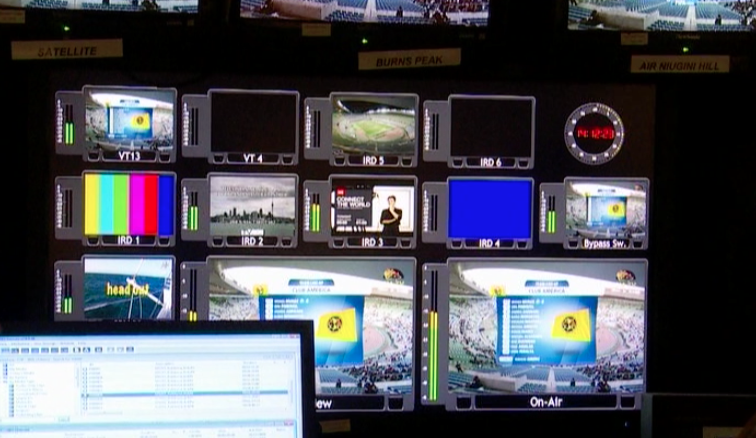The importance of preservation of audio and visual material was emphasised at the Pacific Media Partnership Conference in Port Moresby.
Broadcast media houses were told that they have an important role in safely keeping moving images and sound recordings for their historical, legal and cultural significance.
The “Recommendation for the safeguarding and conservation of moving images” was passed by the General Assembly of UNESCO in 1980.
It was the first time “moving pictures” were declared as part of the cultural heritage of each nation and the responsibility of governments to care for and conserve this heritage was defined.
Aterina Samasoni-Pele is from the UNESCO Office for the Pacific States based in Apia,Samoa. She said audio video materials are important and need to be preserved in their original forms.
Audio-visual materials can be used as reference materials in educational research, production of video documentaries, radio programs or as training materials.
Audio-visual information possess unique dimension that the written word cannot replace. Written word cannot show gestures, personality traits or tone of voice.
Despite the importance, there are challenges in safeguarding audio-visual information in video tapes and reels on the back of advancing digital technology.
One area of challenge is having the facilities and expertise to move very large audio-visual collections to digital formats to rescue them from becoming obsolescent and inaccessible. Investment from governments and stakeholders in this area is vital.
UNESCO says it is providing support to those who wish to collaborate to ensure that even the content and end products of broadcasting is safeguarded.
In a country like PNG where majority of the population is in rural areas and oral history is the norm, the use of audio-visual material in capturing as well as preserving our heritage can be of great value.


